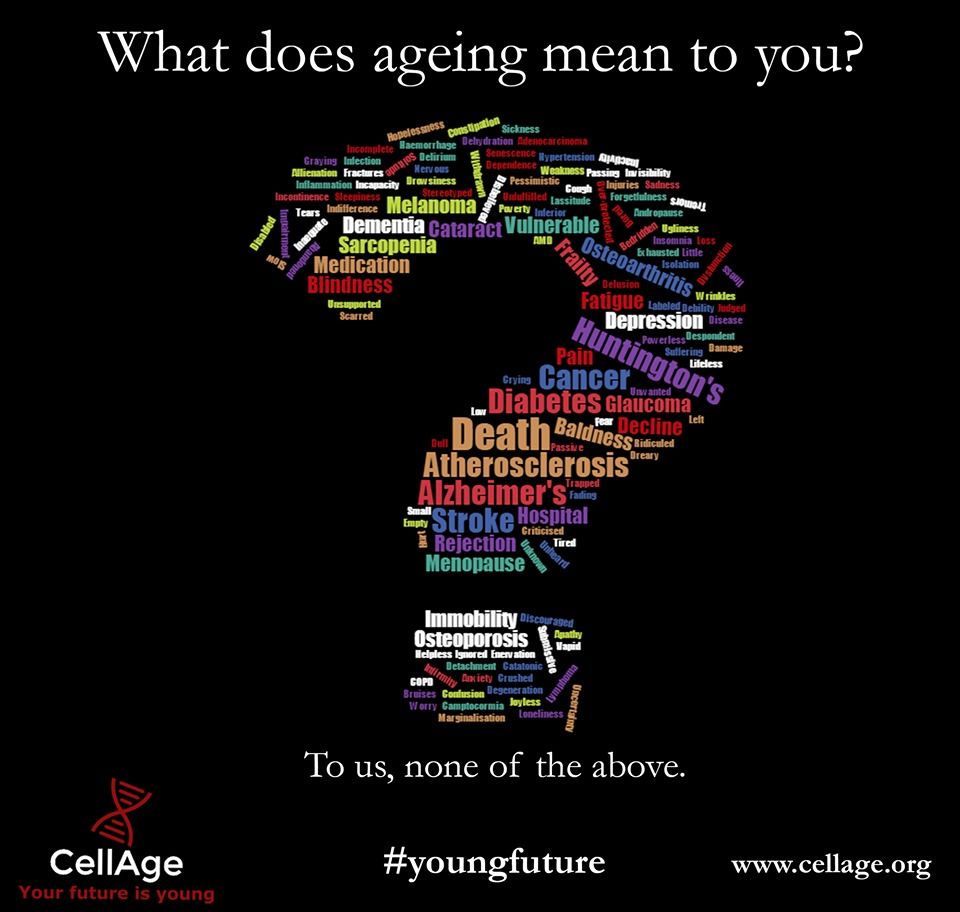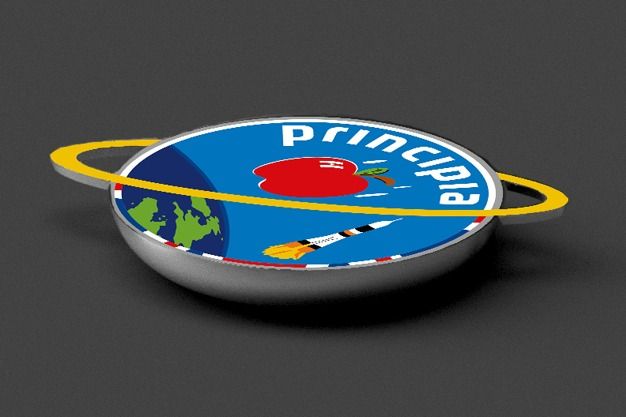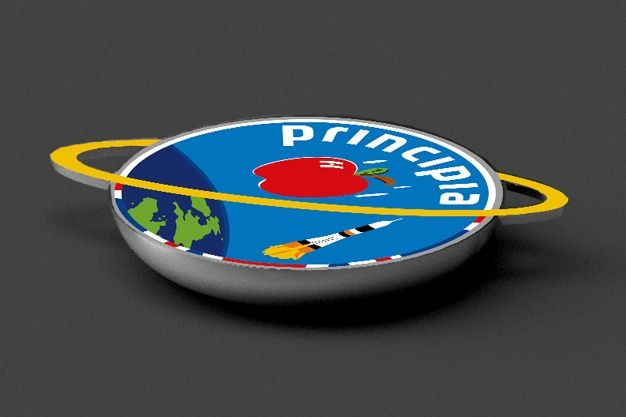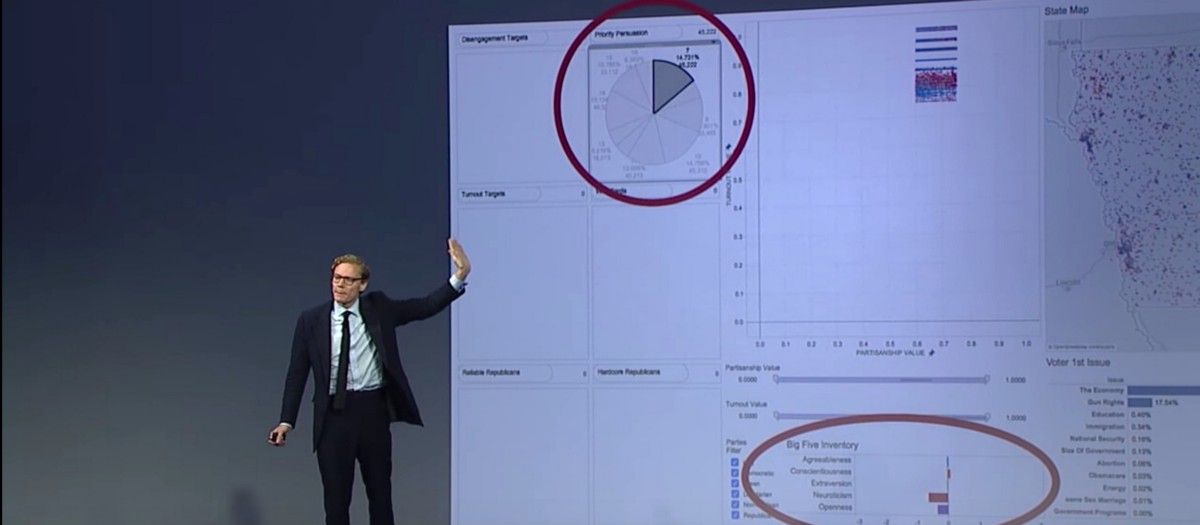A very seductive hypothesis: did Cambridge Analytica use its psychographics profiles to find the audience for our post-truth world? Did they target gullible voters on behalf of Trump’s campaign? Why is a Cambridge Analytica employee reading about the Need for Cognition Scale?
In a remarkable paper (summarised here), Fording and Schram analysed some survey results from January 2016 and highlighted the disproportionate support for Trump among “low-information voters”. They define those as voters who either score low in political knowledge or low on the so-called Need for Cognition Scale. The latter criterion means that they tend to make decisions based on heuristics rather than by thinking through the issue methodically. Of course, the two factors correlate: if you don’t think much about politics, you are unlikely to know a lot about it and vice-versa.[1]
Fording and Schram went on to assess the preference for Trump or Clinton segmented through those criteria. Because the data was collected in January, this is not expressed as a vote preference, but as a “warmth index” (or a difference of warmth), in the Y-axis.
Read more










